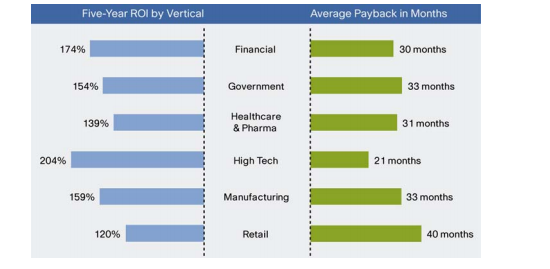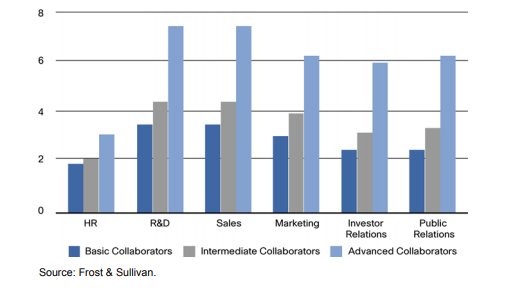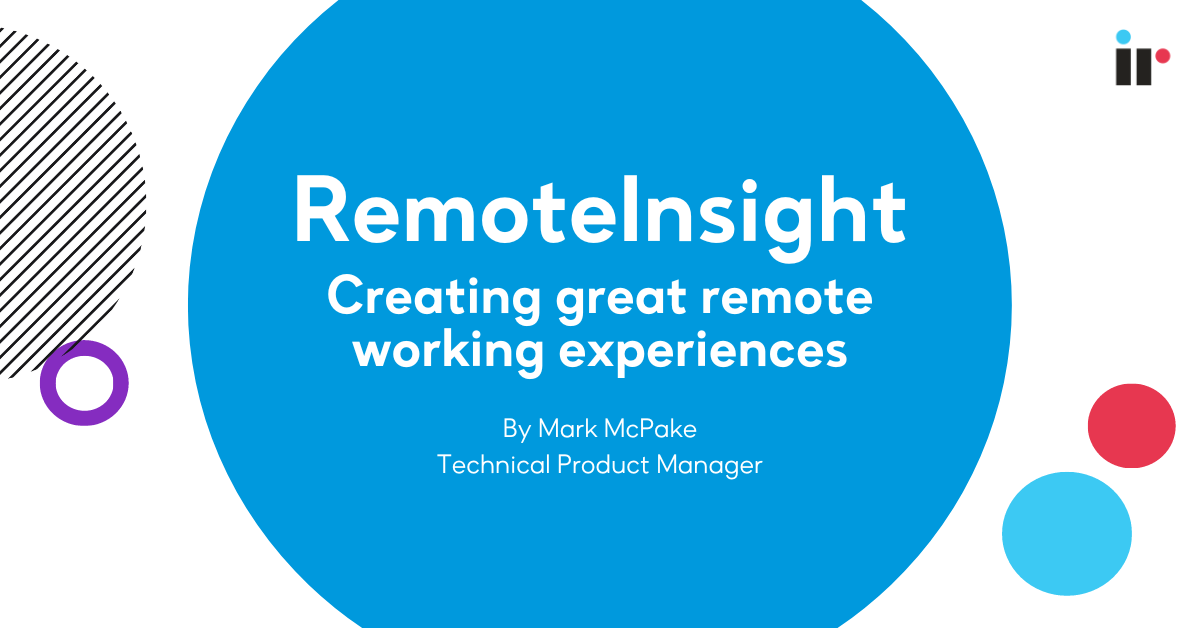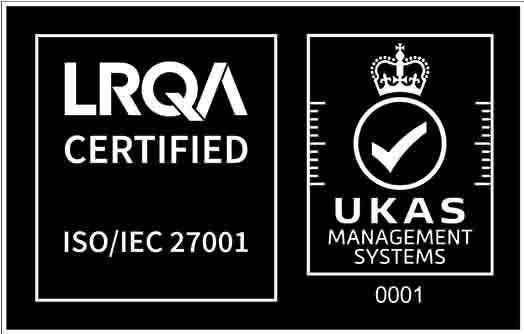Unified Collaboration is described as the process of two or more people working together to create or achieve a shared outcome. Never has this been more important than in today’s hybrid workplace.
Organizations typically invest millions in collaboration tools, so it’s vital that their impact and benefit can be measured.
Everyone has heard the phrase Return on Investment (or ROI). It’s a measure frequently used in business cases or as a success indicator in new technology deployments.
In determining ROI, organizations typically measure things like adoption rates and usage. So, to ensure you fully realize the return on your technology investment, you want to be able to accurately monitor these attributes, and quickly identify and resolve any issues that may impact user experience and lead to poor adoption.
Plus, there are other factors to consider. What about other areas of the business that are impacted by collaboration tools? Or other financial benefits that aren’t directly attributed to these tools? How about benefits that are more subjective, that cannot be attributed a number or dollar value?
The measure of collaboration
A meaningful measure of success can be determined by looking at three key types of ROI, or as I like to refer to it, Return on Collaboration (ROC).
- Operational ROI: reducing and/or avoiding hard infrastructure costs like PBX telephony, deploying telecommuting and downsizing office space. With video and voice conferencing, there’s less need for large boardrooms and the associated coordination of physically gathering people together. Businesses can save thousands of dollars in travel costs associated with commuting to and from face-to-face meetings. Administration costs are reduced with less need for expense receipts, auditing, reimbursement etc.
- Productivity ROI: focusing on efficiency, effective collaboration can help speed up product development or streamline the sales cycle. Collaboration tools make it seamless for employees in different locations to combine skillsets, share ideas and reach deadlines that may not have been possible without them.
- Strategic ROI: strategy is where businesses use collaboration to enter new markets, adopt new technologies, build new business models and streamline operations. Making faster, better decisions can reinvent how you do business. Working in real time, with complete visibility by all parties involved speeds up the completion of projects and closing deals, favorably impacting your bottom line.
80% of companies see a positive return on their investment in collaboration technologies. This applies to large and small companies alike.

According to a study by Deloitte, Australia’s collaborative economy is worth $46 billion. By improving strategies, collaboration could be worth an extra $9 billion a year. When employees collaborate:
- They work 15% faster, on average
- 73% to do better work
- 60% are more innovative
- 56% are more satisfied
 But. There’s always a but…
But. There’s always a but…
But if you don’t have the right UC performance management tools to monitor and measure how your network equipment is functioning, it’s like having a high-performance sports car, but not having any insurance.
To accomplish and increase ROC, you need to accurately measure the efficiency of collaboration tools otherwise the tools themselves are not going to be effective. Unified Communications (UC) monitoring and UC troubleshooting is just as important as your networking equipment.
Less downtime, better productivity, highest quality sound and video - and not only fixing the root-cause of problems but predicting when they’ll happen is why UC monitoring and troubleshooting is vital to all businesses.
IR Collaborate provides market leading, detailed performance analytics, UC monitoring and UC troubleshooting, no matter the size of the organization – IR Collaborate is the insurance policy for your sports car.
Whether your environment is on-premises, in the cloud or hybrid, Prognosis gives organizations the capability to monitor, troubleshoot, and optimize even the most complex UC environments with ease and deliver the best user experience possible.




